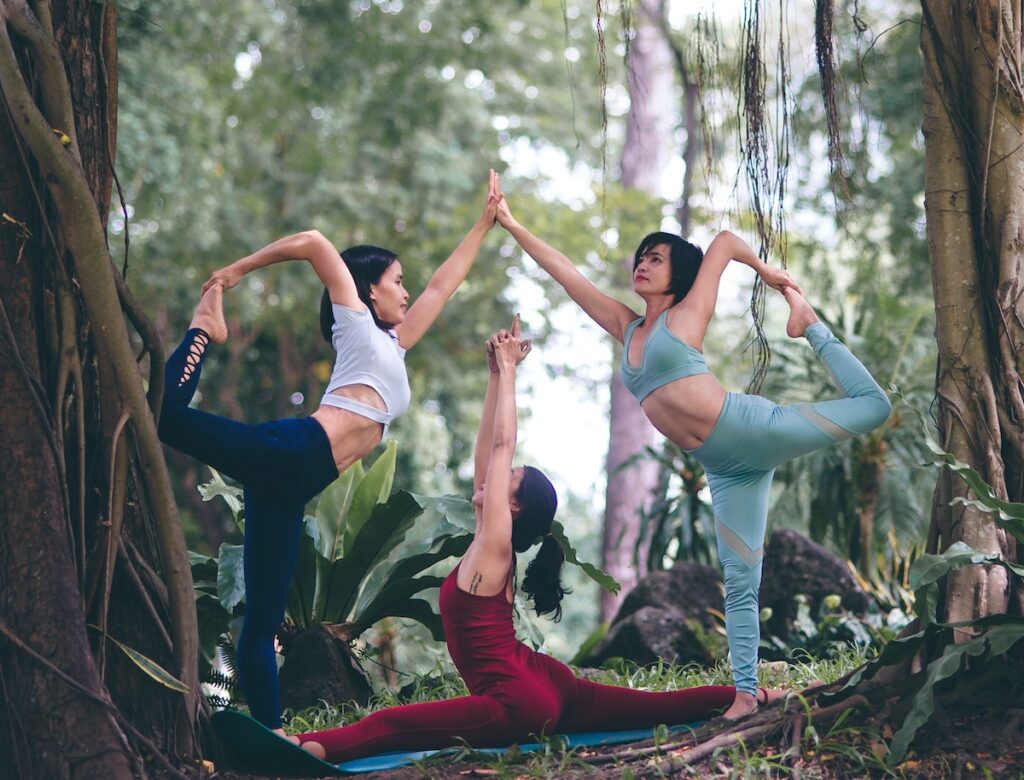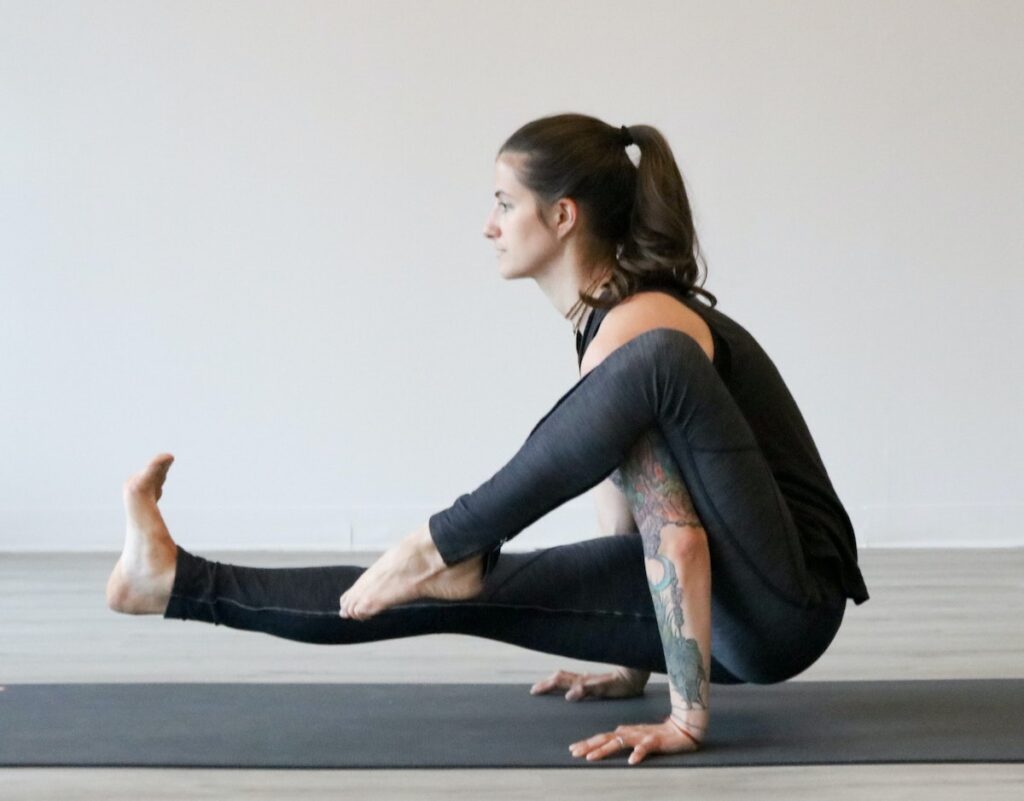
The Sanskrit word for ‘position’ is Asana.
There are many types of Yoga positions available. Some are for areas of the body that will help focus on improving flexibility, while others are for focusing on building stronger muscles and improving breathing techniques.
Yoga poses are not just about the physical aspect of your practice, it is also about other aspects of your practice. It is important to being present with your body and aware of how you feel, this way you can be aware of how to improve your breath and posture.

BENEFITS
Yoga is a great way to improve your health and well-being, both physically and mentally. It helps you to relax, focus, find inner peace and relieve stress or anxiety. You can also improve your posture, flexibility and balance with yoga practice.
It helps to have a plan in place to avoid injuries so you can push yourself harder in practice
Listen to what is happening in your body. If something hurts or makes you uncomfortable, don’t do it more than you’re comfortable with. If you feel like you don’t fit in the right pose, try a variation or another one; just be aware that it may not feel right. If you practice when you are ill or injured, you may be doing the wrong thing and could hurt yourself even more.
There are many types of Asanas. The most common types include forward bends, back bends, twists, and inversions.
Additionally, ,there are less commonly used categories. Some of these are Shoulder openers (like Chaturanga dandasana) or Hip openers (like Virabhadrasana I).
As you practice asanas, remember to be patient and gentle with yourself. You should not push yourself too hard, instead focus on learning something and moving on.
Don’t compare yourself with others or judge yourself on how fast they progress, everyone has a different way of moving, and you do not need to compare yourself with others. Asking for help is not a reason to be afraid of it. Sometimes the best way forward is by failing, so be open-minded about attempting new things that might not come easy.
A class with a seasoned teacher is the best way to practice asana. They can help you get into the pose and maintain it, but they can also give you modifications if you aren’t familiar with the posture. If you want to practice at home, ensure that your hands and feet are light and supple, and that your mat is made of rubber and has some give.
- It is a good idea to not push your body too hard and to just start doing things slowly.
- It is important to start with a few poses before moving on to more advanced
ones. - It is important that you practice regularly because your body will benefit from the things you do.
- Don’t worry about the amount of time spent, instead concentrate on how you breathe and how your body feels during the pose, because it’s not important the number of reps or time spent.
Also, it’s important to get enough oxygen when you practice Asana because it is about coming into a pose and holding it.
You can focus on your breath and relax with it, which will help concentration and focus. Exhale slowly, through your pursed lips and breathe in through your nose. You can do belly breathing instead of pursed mouth breathing if you feel more comfortable with it. As long as it’s slow and deep, it will work.
(1) Photo by Thao LEE on Unsplash
(2) Photo by Katie Bush on Unsplash
(3) Photo by Swastik Arora on Unsplash







